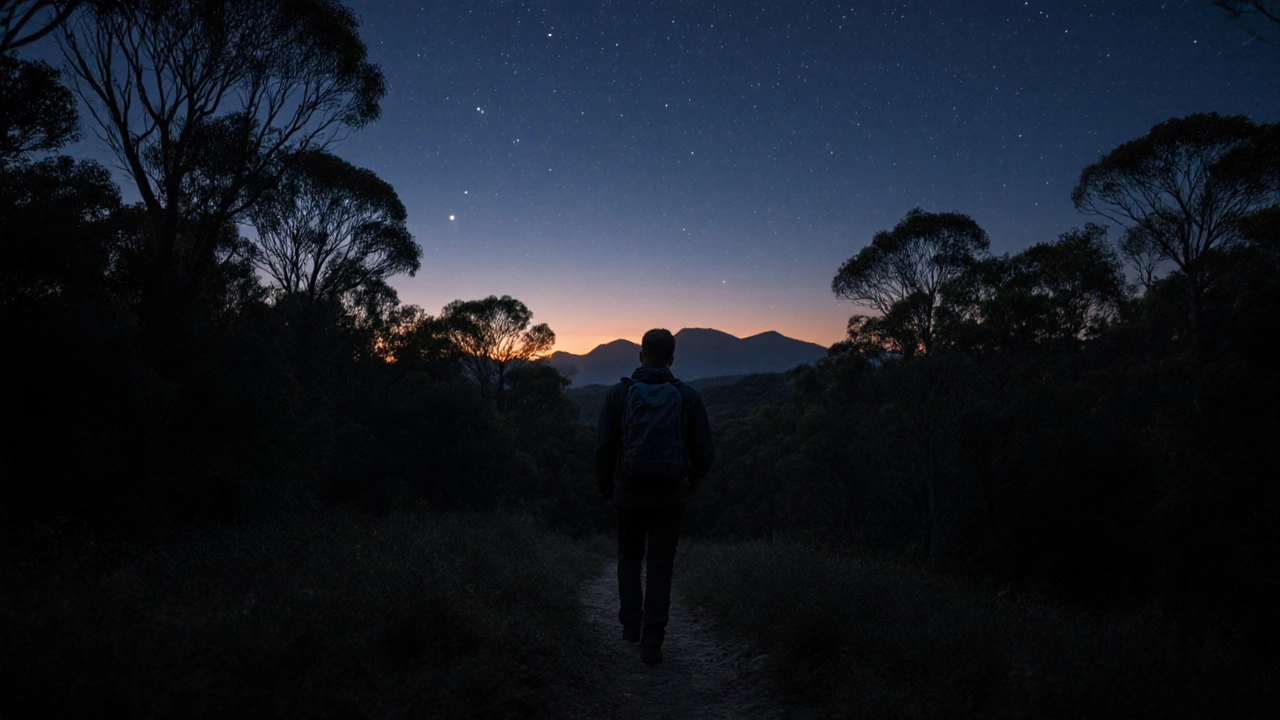Nocturnal Wildlife: Discover the Hidden Creatures of the UK Night
When the sun goes down and the campsites grow quiet, a different world wakes up—nocturnal wildlife, animals that are active during the night and rest during daylight hours. Also known as night-active species, these creatures move silently through forests, fields, and even roadside verges, often unseen by day-trippers. If you’ve ever heard a rustle in the bushes or spotted glowing eyes near your campervan, you’ve already been part of their world. This isn’t just about spooky sounds or lucky sightings. In the UK, nocturnal wildlife is a vital part of the ecosystem, and knowing what’s out there makes every night campout more meaningful.
Many of the animals you’ll encounter after dark are deeply tied to the places you already visit—stealth camping spots, quiet caravan parks, and hidden wild camping areas. badgers, social, nocturnal mammals that dig setts and forage for worms and roots. Also known as Britain’s most famous night-time mammal, they’re often spotted near woodland edges or along country lanes after dusk. Then there’s the tawny owl, a common but elusive bird of prey with a haunting call that echoes through forests. Also known as the ghost of the night, it hunts small mammals and insects, often right above your tent or campervan. Even smaller creatures like hedgehogs, bats, and foxes are regular visitors to campsites, especially in rural areas. You don’t need special gear to see them—just patience, quiet, and a dim red light to avoid startling them.
Spotting these animals isn’t just about luck. It’s about timing, location, and respect. The same stealth camping rules that help you avoid attention from rangers also give wildlife space to roam. Many of the posts in this collection cover places where wild camping is allowed or tolerated—like quiet corners of Scotland, parts of Wales, or hidden spots in the Lake District. These are the exact places where nocturnal wildlife thrives. You might even see a bat flitting above your campfire, or hear the unmistakable snuffle of a hedgehog rummaging for beetles near your boot.
Understanding nocturnal wildlife isn’t just for nature lovers—it’s practical. If you camp with dogs, you’ll want to know what animals are out there to avoid scaring them—or worse, having your dog chase a badger. If you’re sleeping in your car or van near woodland, knowing what makes noise at night helps you sleep better. And if you’re into photography or just want to feel more connected to the land, night-time wildlife adds a whole new layer to your road trip.
What you’ll find in the posts below aren’t just facts—they’re real, tested tips from people who’ve spent nights listening, watching, and learning. You’ll learn where to look, when to be quiet, how to identify sounds, and what to do if you come face to face with something unexpected. No fluff. No guesswork. Just what you need to turn your next night under the stars into a quiet, unforgettable encounter with the wild.
-
 VIEW POST
VIEW POSTNighttime Forest Safety: Why You Shouldn't Enter Woods After Dark
Oct, 26 2025|0 CommentsDiscover the hidden dangers of entering woods at night and learn practical safety tips to protect yourself from wildlife, navigation errors, and cold.